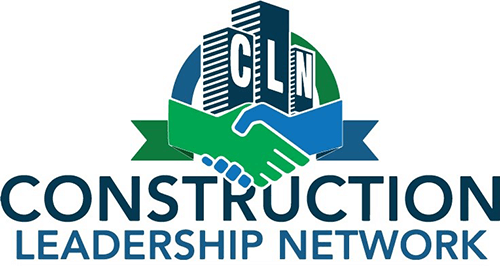21st Weekly Crisis-era Message to Contractors from: Dr Tom Schleifer
Refining the Timeline
(Readers, Please send questions and comments for next week to tom@schleifer.com.)
We know how we got here, but I am not sure we all agree on where we are. According to the front-page headline of the July 31, Wall Street Journal, the “US Economy Sees Record Downturn”. The article goes on to explain the signs of a slowing recovery. Experts are telling us that a vaccine might become available to the general public by the end of 2021. I added the emphasis to “might” because it is frightening to think about waiting that long–and because we cannot build a business plan around the uncertainty of “might”. To better understand the timeline let’s start with what we do know: The construction market will begin to recover after the US economy rebounds.
When the economy recovers some but not all of the cancelled projects that are already designed will re-enter their funding phase. If funded, they proceed to proposal and contract phases which takes some time before resulting in construction revenue. In the last recession these were called “shovel ready”, and we all know they did not restart overnight and were not nearly enough to fuel a construction market rebound. Late in recovery public and private entities will be able to consider new projects but it will take time to agree on, select, design, fund, permit, propose on, and contract for them. Each phase can last weeks to months, is subject to delay, and initially there are too few projects to support a rebound–which history tells us will take 12 to 18 months.
The largest stimulus funding in modern history is keeping food on the table and the stock market seems to appreciate it. However, the stimulus funding is not able to maintain or produce employment which is critical to advance an economic recovery. The alarming question is, will the stimulus outlast the pandemic, or will the pandemic outlast the stimulus? The stimulus was designed to buy time and each package was a short-term remedy for a long-term problem. We should not confuse what was created to support the economy as a substitute for the real economy. We need to put less emphasis on the pandemic, which we cannot control, and more emphasis on navigating our businesses through it, which we can control.
Our focus should be directed to what is occurring now such as the Labor Department reports that 30.2 million people are receiving some form of benefits and last week GDP had its steepest decline in 70 years. The completion of backlog nation-wide is outpacing new construction work entering the pipeline. The experts agree about the depth and length of the pending economic downturn. Until the industry approaches pre-crisis size the selling price of construction will go down, a buyer’s market will develop, profit margins will suffer, and risk will increase.
The standard industry reaction to a construction market downturn is to capture as much work as possible in an attempt to maintain the size of the company, keep the organization intact, and retain as many team members as possible. This approach should be incorporated into a long-term strategy and business plan. You need to project how long this will last and estimate how much it will cost in order to calculate if you can afford it–and for how long. As to how long, the lead indicator, the US economy, has not begun to recover so you already have a range. If the US economy recovered tomorrow the the lag time until the construction market recovers begins. If economic recovery begins early next year as some predict, construction rebound will take that much longer. This is enough information to develop a strategic plan to navigate this crisis. One consideration should be if you cannot support existing overhead for the duration, why carry it part way? Test the wisdom of taking low-margin work for the sole purpose of maintaining an organization that will be oversized during the entire downturn and during the entire recovery, both of which may turn out to be longer than estimated but will not be shorter. What should be avoided is hanging on to overhead for a long time and eventually having to lay off anyway. We do not have the luxury of waiting because these business decisions need to be made now—we are four months into a construction market downturn. It is a responsibility that comes with being in charge.
No one can justify the risk of taking work in a different location or of a different type or size in a declining low-margin market. Taking on a lot of low-margin work increases risk by the quantity of work alone. Taking less low-margin work and reducing overhead decreases the risk in two ways: less exposure with less work and the work will be executed by the best of the best of your former organization and team because no one lays off the best of the best—they layoff the good and keep the best. The quality of most organizations goes up as they downsize.
We are in a construction market downturn that will become deep and long. How you will produce the work when this is over is not the major concern. What is critical is how you are going to profit during the downturn. If you are financially strong when the market finally recovers gearing back up will take care of itself. You also will not need to be concerned if the downturn runs long because you will simply continue to profit. There will be less competition at full recovery because there will be business failures during both the decline and recovery, but you won’t be one of them. Those who are financially weakened during the downturn will not be able to finance the increasing amount of work at recovery because growth eats cash. Trying to maintain the size of a construction company when the market shrinks is a self-defeating proposition.


